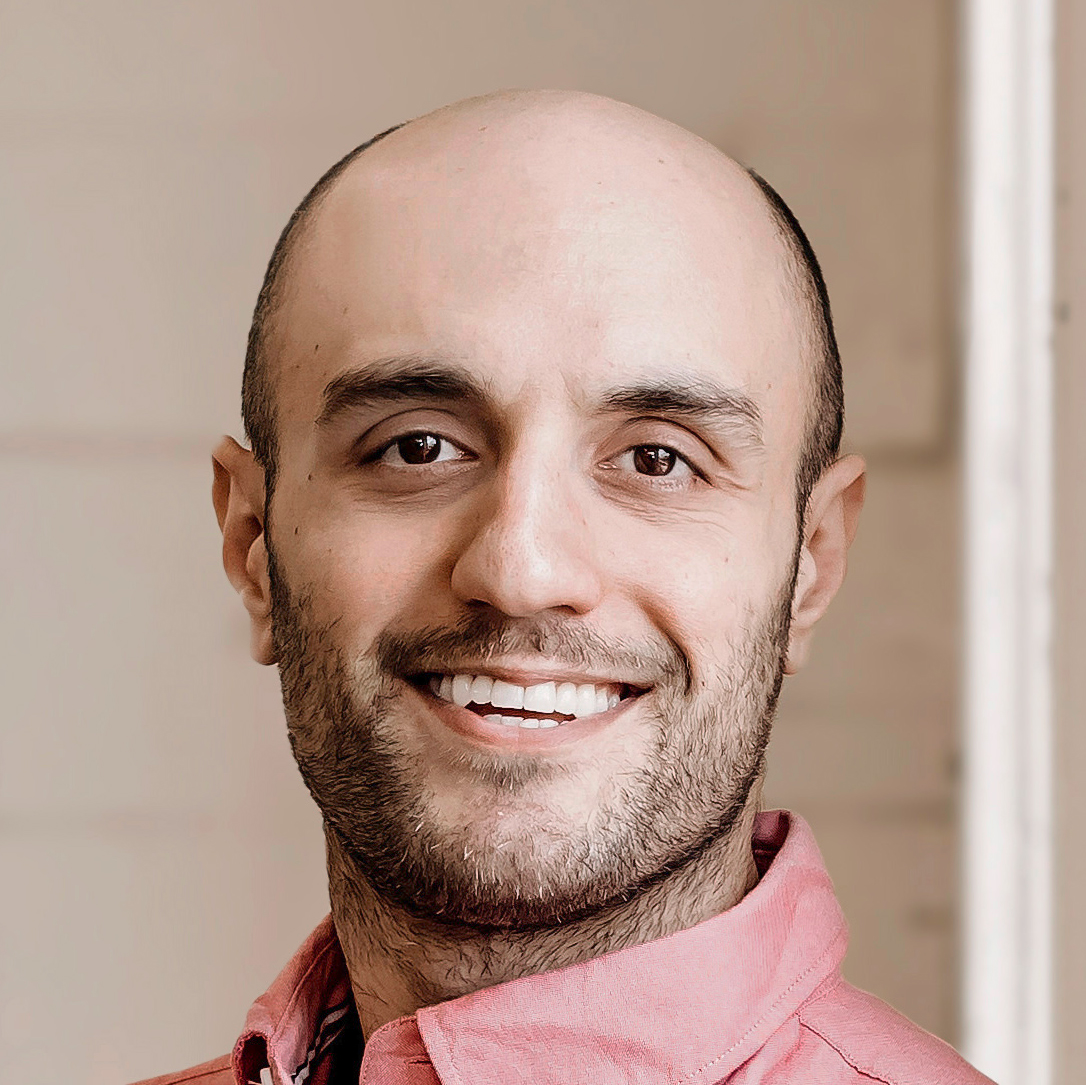So what is autism, exactly?
What is autism spectrum disorder? To fully understand this phenomenon, we have to employ the medical model.
Big disclaimer: the medical model is far from perfect.
According to this model, there is something inherently wrong with autistics. Historically, this rationale has also been used to marginalize and oppress us.
For most people, the social model is preferable, as it argues that the issue lies not with neurodiversity, but with society’s failure to accommodate it.
The social model aims to destigmatize autism, whereas the goal of the medical model is to diagnose and treat.
Pathologizing aside, getting an ASD diagnosis can open the door to disability-related legal protections, supports, and services. This is one example of how the medical model can be of use to those with autism, and their loved ones.
So, what is autism spectrum disorder?
According to the Diagnostic and Statistical Manual of Mental Disorders 5 (DSM-5), autism spectrum disorder (ASD) is a neurological developmental disability.
Autism is characterized by ongoing deficits in social communication and social interactions in a range of contexts. Other criteria for autism include “restricted, repetitive patterns of behavior, interests, or activities”. 1 2
Autism symptoms manifest in the early development period and typically cause clinically significant impairment in key areas of functioning.
To receive a diagnosis of ASD, these symptoms must not be better explained by the presence of intellectual disability or global developmental delay.
A diagnosis of ASD is typically accompanied by a severity measurement of “Level 1”, “2”, or “3”. Level 1 means the individual requires some support, Level 2 substantial support, and Level 3 very substantial support.
(Remember how I mentioned the medical model is pathologizing? An example of this is the DSM-5 terminology I just used, such as “disability”, “deficits”, “symptoms”, “impairments”, and “severity”.)
Autism often appears alongside other conditions, such as epilepsy, attention-deficit/hyperactivity disorder, sleep problems, gastrointestinal symptoms, anxiety, and depression.
Who gets diagnosed with autism spectrum disorder?
Males are diagnosed with autism at three times the rate of females, but this doesn’t necessarily mean autism isn’t as common among females.3
One study found that autistic females as a population are better than males at hiding their autistic traits. This results in fewer diagnoses, later diagnoses in life, and misdiagnoses.
It’s also been argued that autistic females may present autism in a way different from their male counterparts.4 And due to many measurements being male-centric, females may be overlooked by current diagnostic measurements.5
Additionally, autistics from racial minority groups are typically less likely to receive a diagnosis of ASD.6 Instead, they are more likely to receive other diagnoses such as ADHD and conduct and adjustment disorders.7
Many conclude that reflects medical disadvantages experienced by minority groups as a result of structural inequality.8 But it’s important to note that autism traits can also go overlooked or can be misinterpreted, depending on the sociocultural context. 9
Why are some people autistic and others not?
There are no clear answers here, however, some studies point to a range of environmental risk factors and protective factors.
These include advanced parental age, low birth weight,10 11 fetal exposure to the epilepsy medication valproate,12 intake of certain vitamins,13 maternal autoimmune disorders, environmental toxins, and breastfeeding.14
Links have been made between unique gut microbiota compositions and the development of autism. Other studies have indicated strong genetic influences, concluding that autism is highly inheritable.15 16 17
How does one get an autism spectrum disorder diagnosis?
To get an autism spectrum disorder diagnosis, you need to be screened by a trained professional.
For children, there’s a range of tools. For example, the Modified Checklist for Autism in Toddlers Revised, the Ages and Stages Questionnaire, and the Screening Tool for Autism in Toddlers and Young Children.18 19 20
For older adolescents and adults, the gold standard for autism diagnoses is the Autism Diagnostic Observation Schedule (ADOS-2) module 4.21 Professionals typically use this tool alongside direct observations and taking patient history.
The Autism Diagnostic Interview-Revised (ADI-R) is another gold standard autism diagnostic tool that is suitable for both children and adults.22
Again, I want to point out here that these diagnostic tools may be gender-biased and thus more likely to detect male autistics than female autistics.
When seeking out a diagnosis, it is worth checking to see that the person doing the assessment is using the most current, research-backed screening measures.
If seeing a professional is not an option, adults can also use self-reporting tools such as the Social Responsiveness Scale, Second Edition: Adult form (SRS-2).23
Additional tools are available for assessing how autism is impacting one’s activities of daily living and quality of life.
How is autism spectrum disorder “treated”?
There is no biomedical treatment for autism spectrum disorder, however, psychotropic medications are available and often prescribed for those who are experiencing symptoms such as anxiety or depression.24 25 26
For autism specifically, there is a range of therapies, the most commonly used being Applied Behavior Analysis (ABA).27
ABA is designed to help autistic children with the development of social, communication, and expressive language skills.
The dominant strain of ABA has been heavily criticized by autism advocates for violating individual autonomy and even doing direct harm to clients.28
Critics have also pointed out that there are conflicts of interest among researchers who publish scientific literature in support of ABA as an autism intervention.29
Clearly, there is room for improvement when it comes to current ABA intervention. However, ABA is one of the few treatments that remain widely accessible.
In many US states, health insurance providers are required to cover ABA-related expenses under the Patient Protection and Affordable Care Act.
One alternative to mainstream ABA is Naturalistic Developmental Behavioral Interventions (NDBI). NDBI is more child-directed and provides intrinsic rewards for learning and participating.30
Other available interventions support the development of core skills among autistic children, such as social communication.31
Additionally, programs exist for young adults, such as the Program for the Education and Enrichment of Relational Skills (PEERS®).32
For autistic young people and adults, psychotherapies such as Cognitive Behavioral Therapy are recommended for those who experience comorbidities such as anxiety and depression.33 34
These are available in both individual and group formats.35
Wrap up
So there you have it, my brief introduction to autism spectrum disorder.
Again, I want to stress that much of the content I shared is presented using the medical model.
But remember: viewing autism exclusively through this lens is not only limiting—it also fails to give consideration to some of the strengths of being neurodiverse.
Check this blog post to learn a little more about some of the benefits of being autistic.

Essy Knopf is a therapist who likes to explore what it means to be neurodivergent and queer. Subscribe to get all new posts sent directly to your inbox.





